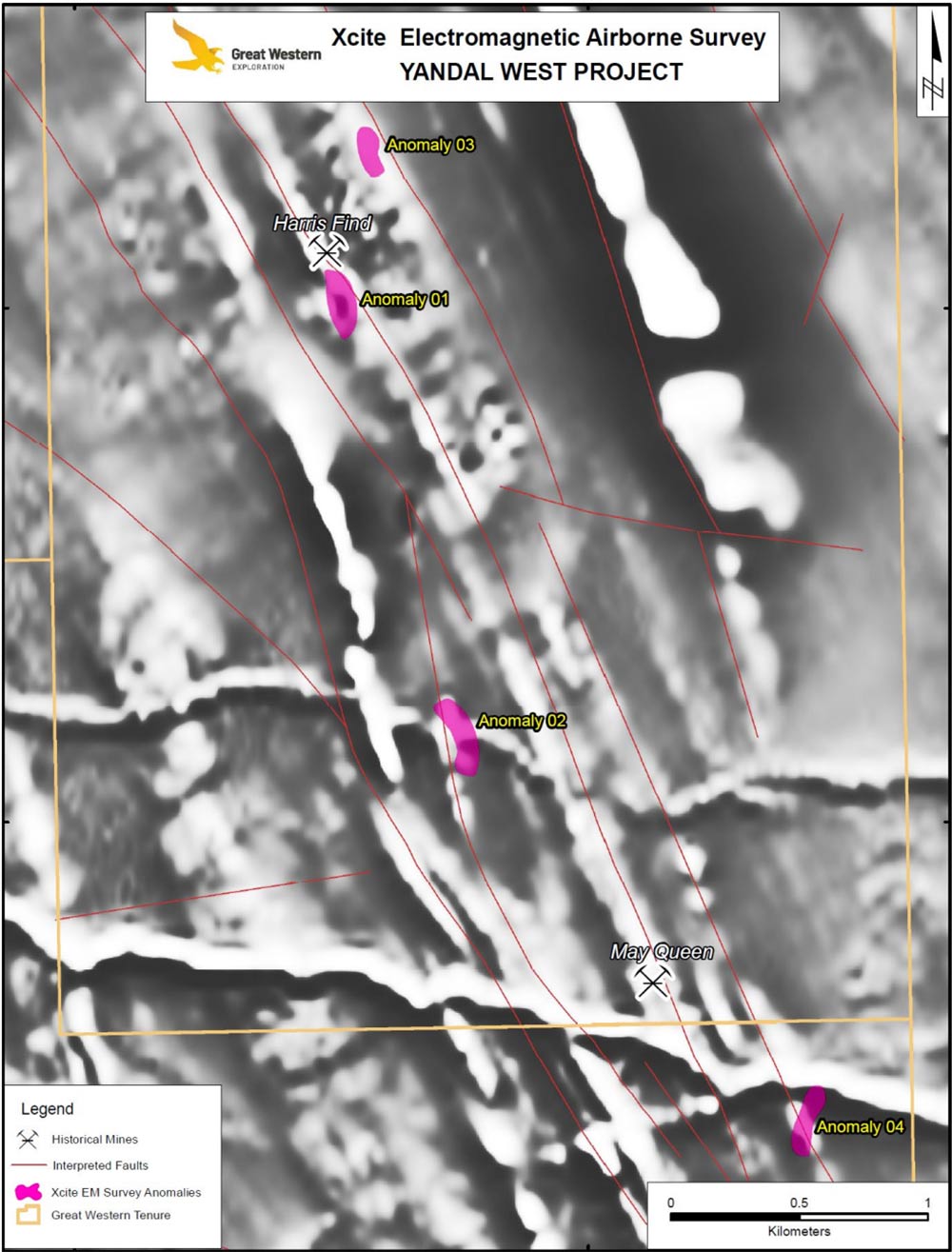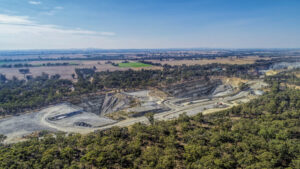Great Western uncovers four juicy VMS targets at Yandal West, drill planning kicks off

Pic: Constantine Johnny/ Via Getty Images
An EM survey has identified four shallow, drill ready VMS targets with a geophysical signature “that is consistent with an accumulation of sulphides”, Great Western Exploration says.
Volcanogenic massive sulphide (VMS) deposits are rich in base and precious metals like copper, zinc, lead, gold, and silver.
Because these deposits tend to ‘cluster’ together, VMS camps can often be mined for a very, very long time.
The newly defined anomalies at ‘Yandal West’ in WA are shallow (~55m below surface) and are both conspicuous (clearly visible) and discrete (unconnected). Very VMS-like.
However, due to a historical focus on gold at the Yandal West Project and the Yandal greenstone belt in general, drilling has often been assayed for gold only and not base metals.
That is why none of the four high priority EM anomalies have been drill tested, Great Western (ASX:GTE) says, despite being located next to some significant gold occurrences.

Anomaly 1 starts at ~25m below surface (upper limits), directly along strike to the south of the historic Harris Find gold mine where GTE previously identified VMS potential and intercepted high-grade gold.
Anomaly 2 models at ~27m below surface (upper limits) with a depth extension of 80m, dipping steeply to the east.
Anomaly 3 starts at just 12m below surface (upper limits), parallel to and immediately east of the historical Harris Find mine.
The high priority Anomaly 3 sits on a structural trend that is yet to be explored by GTE, providing an exciting greenfields target potentially opening up the eastern portion of the Yandal West Project.
Anomaly 4 is located south of the historic May Queen gold mine, near to where high-grade gold in drilling and rock chips have been previously reported by GTE.
The anomalies are interpreted as high priority bedrock conductors and require immediate follow-up, the explorers’ independent consultants Newexco state.
Given that they are close to surface, they can be reliably targeted with shallow RC drilling.
GTE also says preparations for drilling at the ‘Thunder’ copper-gold target, 112km southeast of the world class DeGrussa mine, are well progressed.
Both drilling and downhole geophysical contractors have been confirmed for an early November 2021 start.
This article was developed in collaboration with Great Western Exploration, a Stockhead advertiser at the time of publishing.
This article does not constitute financial product advice. You should consider obtaining independent advice before making any financial decisions.
Related Topics

UNLOCK INSIGHTS
Discover the untold stories of emerging ASX stocks.
Daily news and expert analysis, it's free to subscribe.
By proceeding, you confirm you understand that we handle personal information in accordance with our Privacy Policy.








